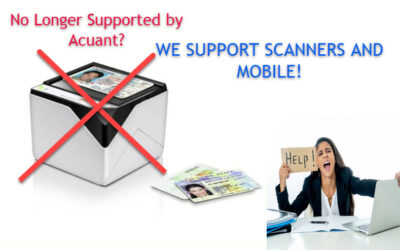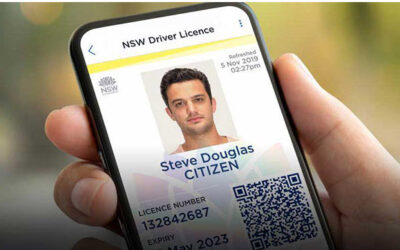Over the last few decades, the pace of business processes has sped up dramatically. Businesses have also increased their efficiency in processing, storing, using, and transferring information in diverse industries. The goal of every company is to reduce costs and serve clients more effectively and efficiently. The healthcare industry is no exception as it seeks new avenues of efficiency and cost reduction even as it grows very quickly. Discover how healthcare claims processing is simplified with OCR software.
Healthcare Records Issues
Paper medical records have always represented a problem for medical professionals and insurance companies. They not only have to be filled out but stored and transmitted as well. Information must be transferred and duplicated, and ultimately the paper must be archived for long-term storage. Some of these problems include:
- After patients fill out paper forms, many of them report that they get lost
- Medical professionals have said that they spend a lot of time completing patient charts. Also, diagnoses were sometimes missing from the papers
- If a patient transfers from one doctor or facility to another, the paper documents have to be copied or transcribed and sent to the new location. These charts can get lost or misplaced, creating a delay in treatment or processing
- Reports in the records, such as laboratory tests, are sometimes stored elsewhere. This can cause issues when they are not kept with the rest of the forms and documents
- Because of these difficulties, direct care personnel may keep their charts of information on patients. This might create transcription mistakes or omit essential data
A New Way of Handling Forms and Reports
A major focus of efficiency and cost reduction is the slow processing of documents and paperwork for insurance claims. These processes have seen considerable changes by advances in the way these reports are compiled, formatted, transmitted, and stored.
Through the use of Optical Character Recognition (OCR) software and imaging tools these documents, previously printed on paper, are now captured electronically for easy handling, storage, and transmission. Using OCR allows the quick and accurate management of patient information. This allows medical professionals to render better care, increase productivity, and reduce paperwork. The OCR software can be used online through a web browser and is easy to use and integrate into operations.
By combining the electronic data gathered with existing patient information, records, lab reports, radiology reports and appointments, the business gains a rapid return on investment for the cost of the system. This cost savings increases as the data is transmitted for used by associated organizations such as hospitals and health insurers. This is where quicker and more accurate information works to speed up the healthcare claims process. The primary functions of an OCR system for healthcare information processing include:
- Converting paper documents and records to digital formats ( HCFA form 1500 & UB 04 or your proprietary medical forms)
- Once you convert all of the data to an electronic format, the text can be gathered, processed, sorted/classified, and exchanged
- Integrating patient data also allows for coordination of appointments with billing information, reports, and claims to speed up the process
- Medical records can be easily retrieved if they are needed for claim submission, verification, processing, or accounts receivable. This also provides for correct billing of the patients per their plan deductibles
- All this data can be stored electronically for easy access, cross-checking, and processing during the claims evaluation. If questions arise, all the information is on hand or can be quickly sent to the insurer
Beneficial Services
Once the forms are in a digital format, electronic data processing and data management speed up claim processing in several ways.
- Workflow improves, efficiency increases and better patient care is possible
- Electronically linked data reduces the risk of medication errors
- The ability to correlate and process medical data electronically also allows medical professionals to check for proper medication dosage, interactions, or allergies
- Increases compliance with government regulations and insurance requirements for records
Also, because of the use of OCR software, medical professionals can work remotely and send data online for healthcare claim processing. The electronic format allows smooth transmission of the documents from the field to the office to the insurance company much faster. This includes the ability to record patient signatures on forms for consent, as well as health professionals’ signatures and data for claim approval.
These upgrades can become essential if you are away from home and need medical care. Your patient data can be downloaded, and forms can be completed, signed, and uploaded back to the insurance company, so there are no delays in treatment. All of these advances serve to decrease the cost of medical care by reducing the administrative expenses involved in administering these healthcare claims.
Thank you for reading our blog! How can we help you? Contact us today.




